Raising quails for meat is easy and inexpensive in limited housings, little food, and reduced lighting.
They provide dark and tasty meat remaining of a turkey without a gamey flavor. Also, you can dress quails and make them food in 35 days or within 2 months.
If not for yourself, you can raise these quails for hunting and training your dogs.
So, if you’re a beginner and want to install small poultry birds, here is the list of 15+ best quails for meat and egg production.
1. Coturnix Quail (Japanese Quail)
This is one of the most popular and oldest quail breeds. It dates back to the 11th century when they were domesticated in Japan.
Japanese quails have brown plumage with buff-brown stripes mottled by smaller black stripes that run down the head top.
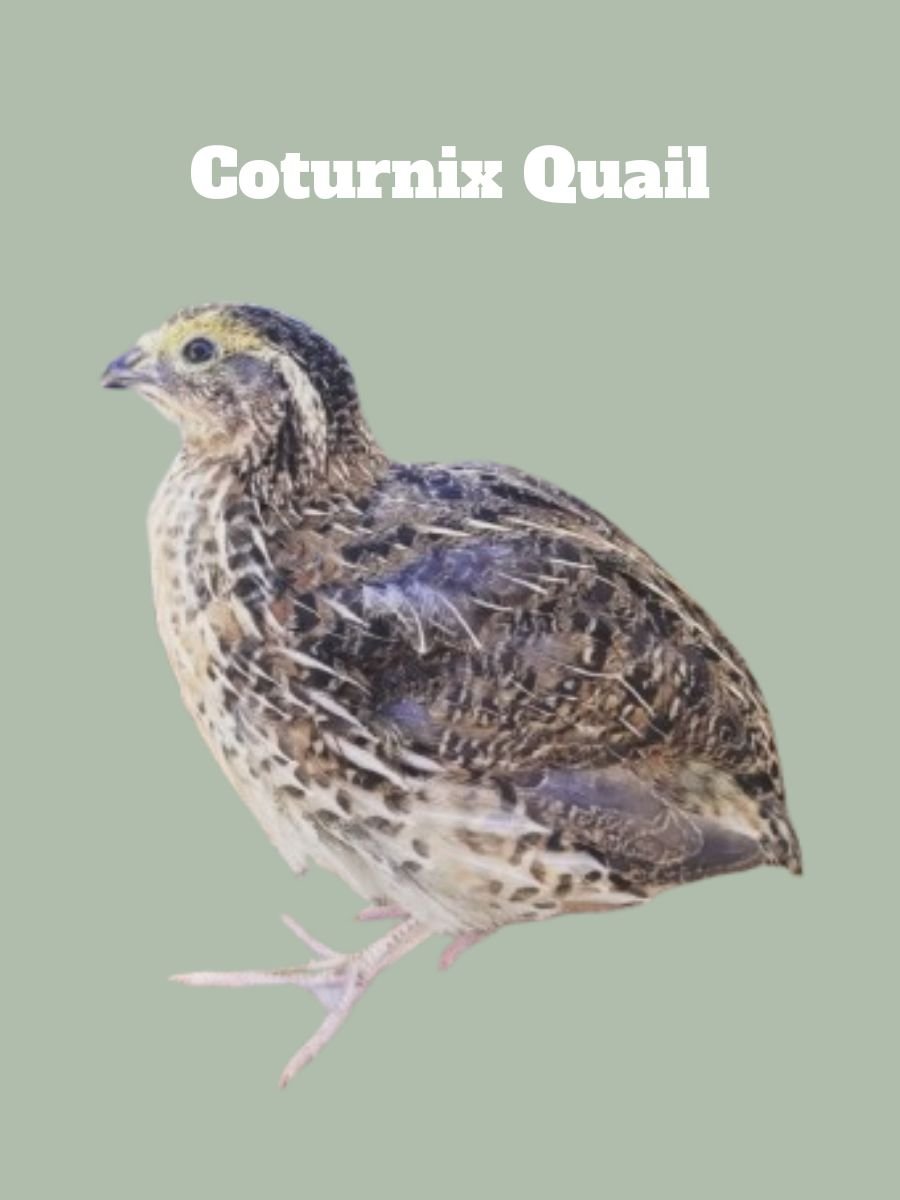
Besides, hens are distinct, with pale breast feathers speckled with dark-colored dotts.
These coturnix quails are small, weighing 3 to 10 oz, and can be ready to butcher in 5 to 7 weeks.
They are fast-growing gamebirds and easy to manage. Birds can thrive in both cages and floors or a combination of the two.
You can raise them for 2 to 2.5 years.
2. Bobwhite Quail
Bobwhites are small-sized gamebirds with small heads, short wings, and round tails.
They look stout and chunky. Their chestnut-brown plumage is integrated with white and black feathers, and their tails are painted brown-gray.
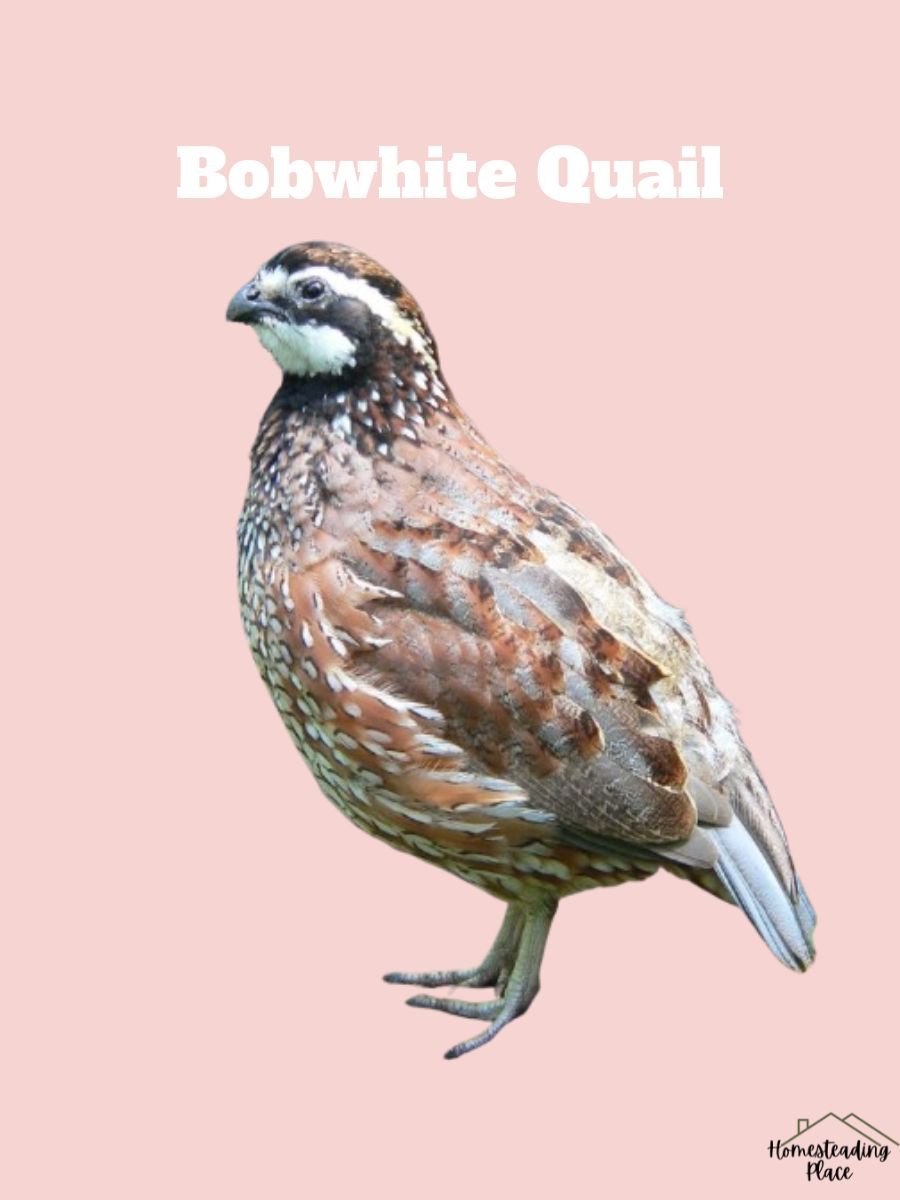
They have solid black-and-white striped faces, brown crowns, and white throats.
Native to United States, Canada, Mexico, and Cuba, Bobwhites have quiet nature and can adapt to almost every environment.
Farmers raise them in a confined structure with controlled temperatures and low light.
Birds gain 5-10 ounces within 16 weeks. But you can dress them when they are about 7-9 ounces.
If you want them to lay eggs, you can raise them for 6 months.
3. Texas A&M Quail
You can easily identify Texas A and M quail with white plumage.
However, they also boast grey breasts, white-streaked on the upper body, and chestnut sides.
They are a broiler type of quail that matures around 6-8 weeks. But you can process them in 7 weeks when they are 10 to 13 ounces.
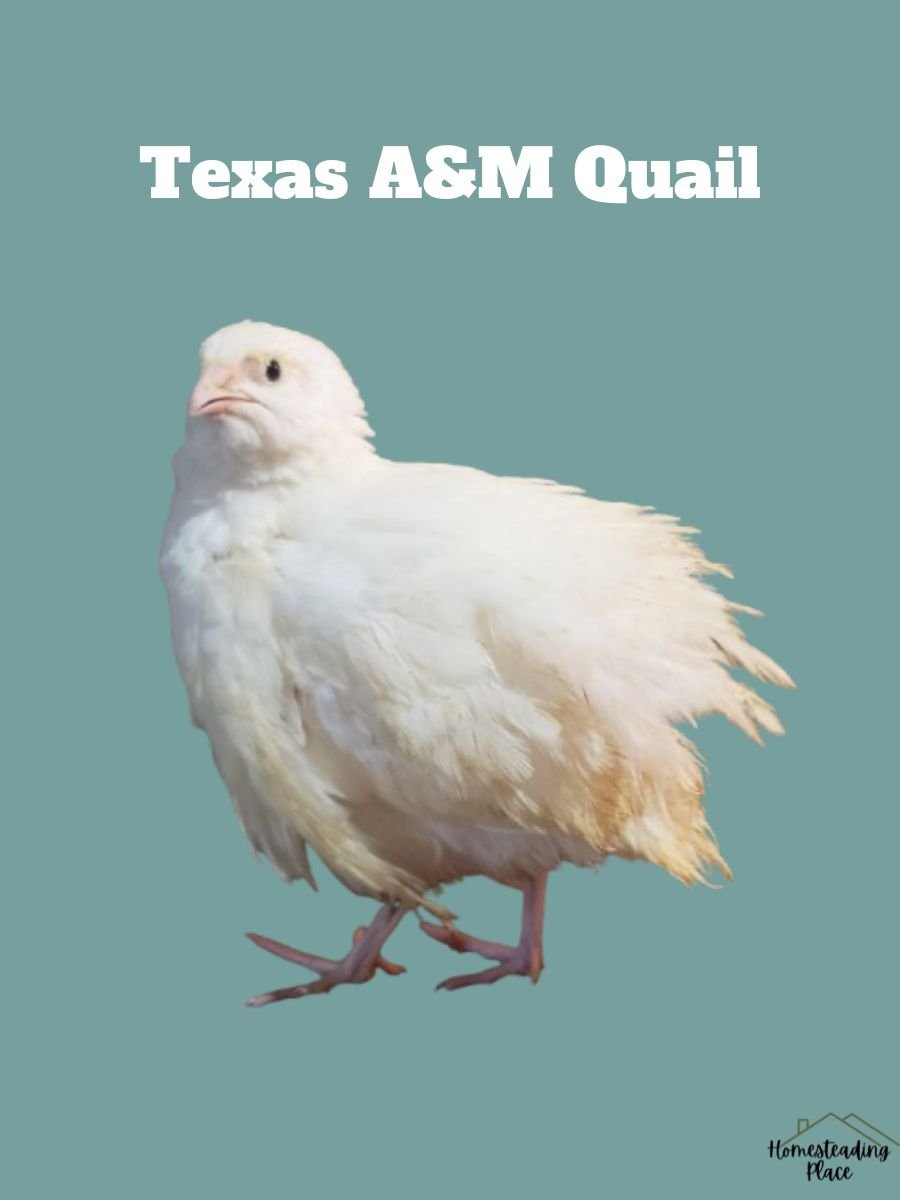
This Texas quail is preferred for its fast growth rate and heavy body, weighing 10- 15 ounces in the fully matured quail.
Also, they can live for more than 1.5 years.
A and M quail have a clean appearance with white feathers, which makes owners dress them.
Besides, they contain light meat and light skin.
4. Jumbo Coturnix Quail
This is a larger species of the Coturnix quail, weighing 14-16 ounces.
Jumbo Coturnix quails are double the size of a standard Coturnix, with their eggs also larger by 2 times.
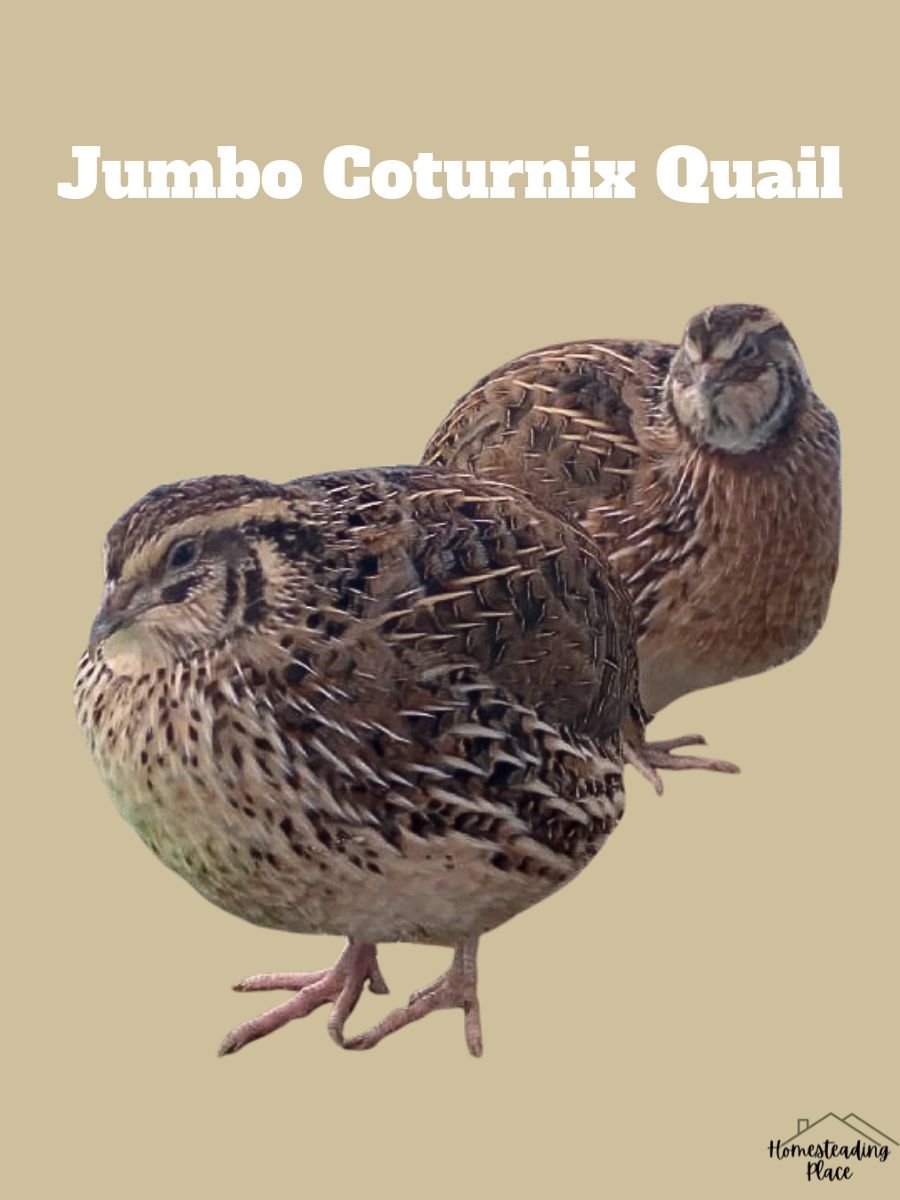
You can tell these quails with their plump stature and full, earthy brown plumage.
They grow faster and mature in 6-8 weeks of age and live for 3 years under low maintenance.
You will be happy to know that 70- 75 percent of dressing and most of the carcass are used. This makes Jumbo Coturnix quails suitable for commercial meat production.
5. Pharaoh Quail
Do you know that Pharaoh quails look like wild Japanese quails?
Pharaohs are native to the Mediterranean, Asia, and Africa and thrive well in cage conditions. They have a higher feed-to-meat and egg conversion ratio than any other poultry birds.
This strain of Coturnix quail is popularly risen for both meat and eggs.
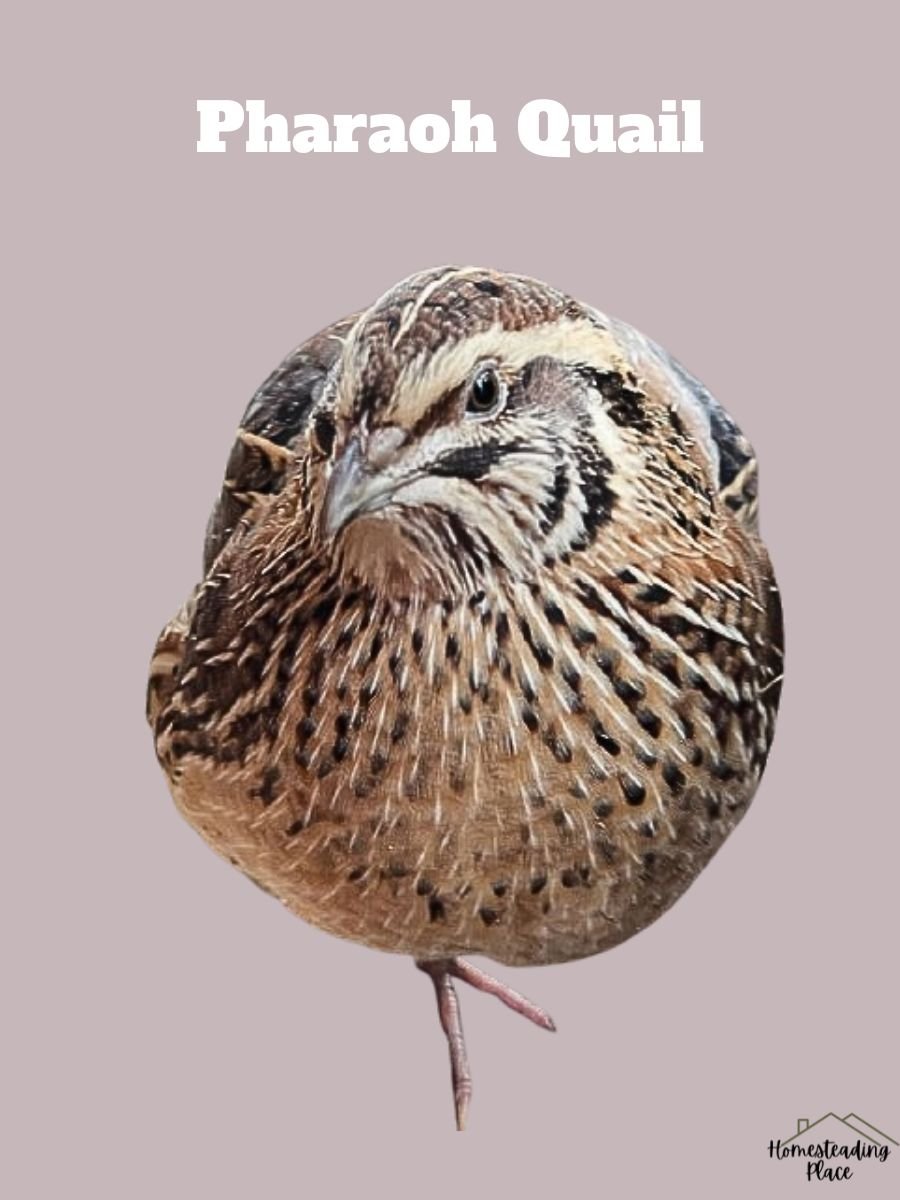
These quails mature faster within 6 weeks and fully grow at 10 weeks.
You can identify Pharaoh with yellow or brown speckled plumage and a white streak above the eye.
While roosters grow 5-6 ounces, hens weigh 4 – 5 ounces.
They are easy to raise in the cage above the ground. I recommend that keepers arrange for the Pharaoh to take dust baths in hot weather.
6. Manchurian Golden Quail
Manchurian Golden are dual-purpose quails that have a light rusty plumage with a pattern.
While males have a darker rusty shade on the head, females possess lighter. They are a larger breed of Coturnix that grows around 10-14 ounces within six to eight weeks.
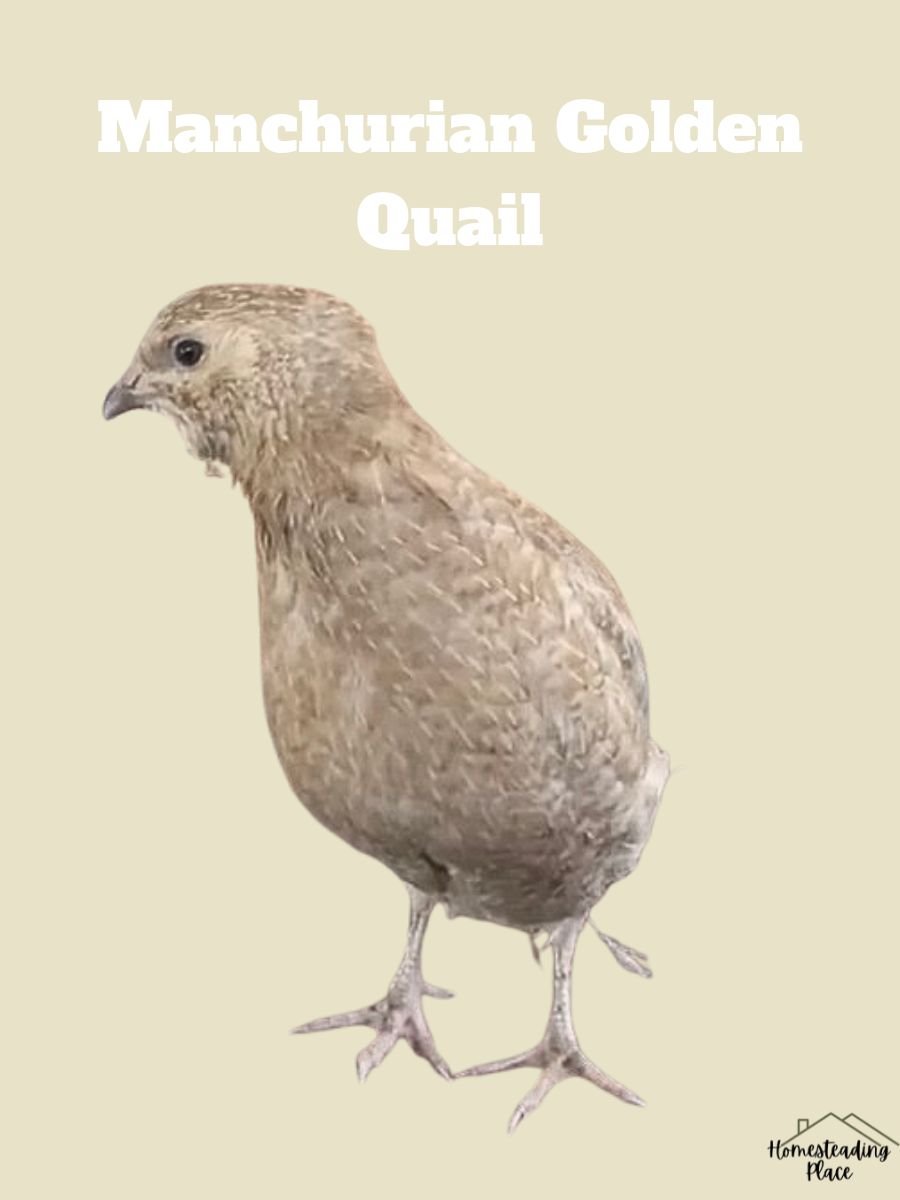
You can also tell Manchurian goldens by orange-gold feathers with few to no dark speckles.
These golden birds are good layers that produce more than 100 eggs yearly after six to seven weeks. They are also raised for ornamental purposes.
7. Italian Quail
Like Manchurian Goldens, Italian quail are golden birds with slightly speckled feathers and no bars. Also, males have a brown face and head.
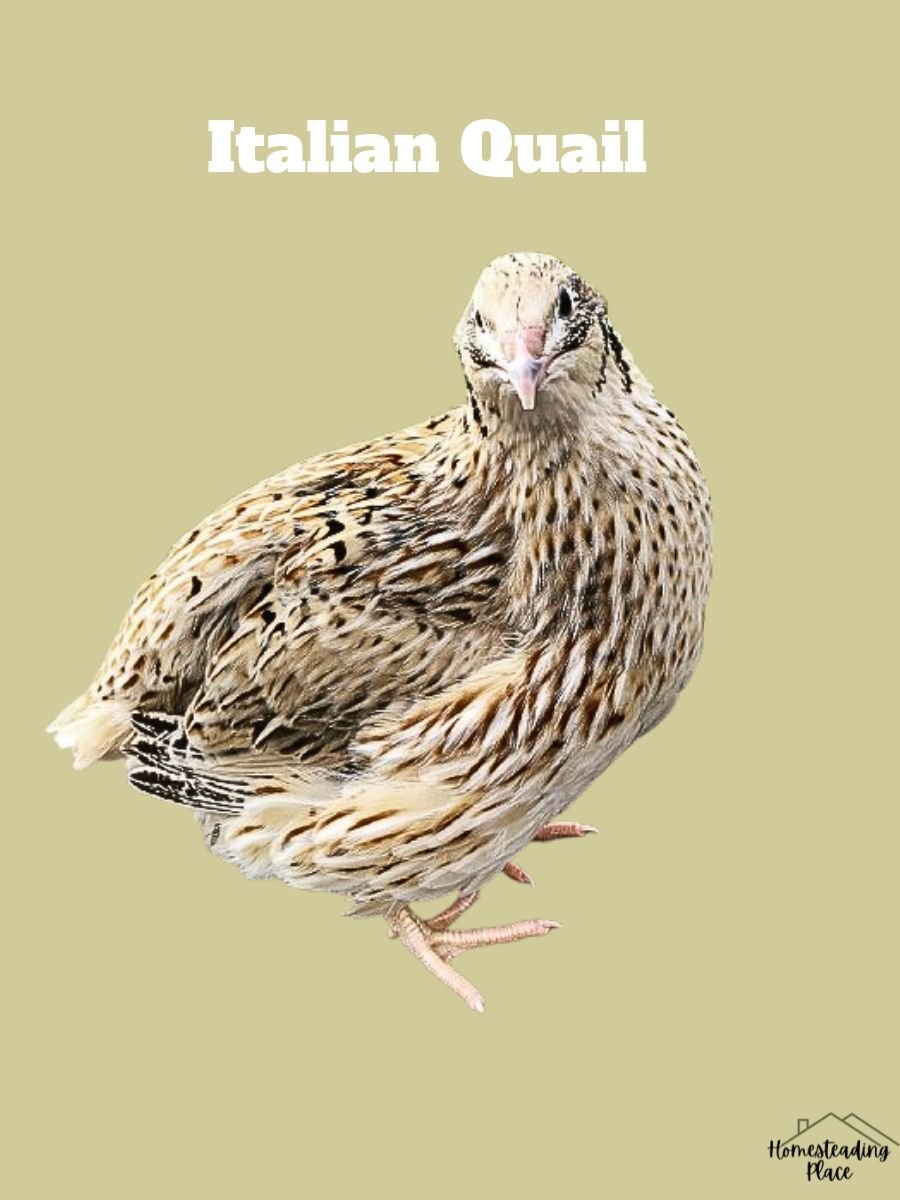
They are slightly smaller in size than the other quail breeds.
You can expect them to be docile and calm. They are prolific layers that can yield up to 320 eggs per year
Italian quails weigh around 4 -8 for a decent amount of meat.
8. Tibetan Quail
Tibetan quails are small, dark, plumed, and active birds. They have chocolate coloring all over with a white spot under their beak.
Owners can expect them to grow around 10 ounces in weeks.
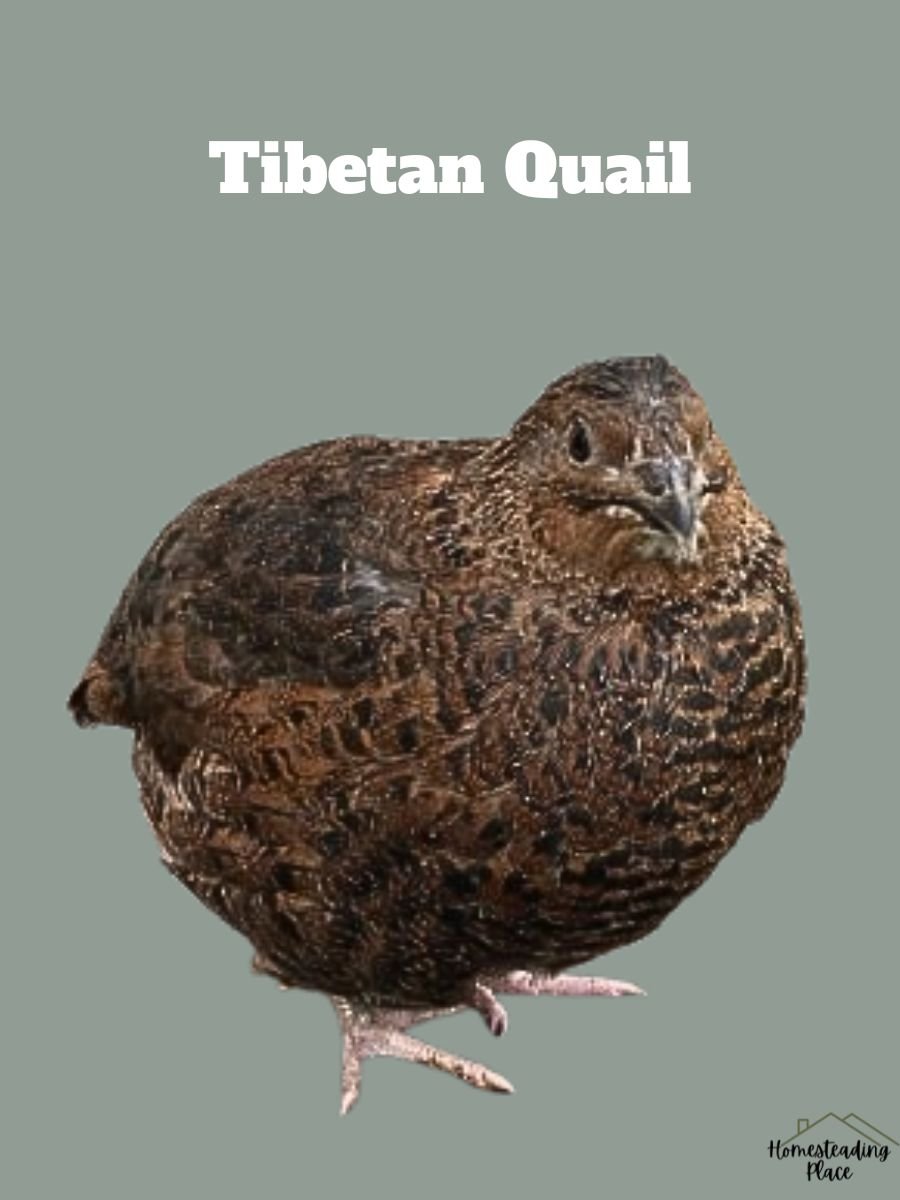
These quails are suitable for meat and egg production.
Though slightly smaller in size than the other strains, Tibetan quails are aggressive, stronger, and able to fly blazely.
So, many bred these quails for training dogs and hunting.
9. Button Quail
These are the smallest species of true quail, along with King quails. They are only 1.1–4.6 ounces in weight.
Button quails have grayish-blue and rust plumage, covered with black and white bars on their heads and necks.
They also have other feather colorings such as silver, red-breasted, white, blue-faced, cinnamon, golden pearl, and tuxedo pied.
These gamebirds are native to the grasslands of Asia, Africa, Europe, and Australia.
Do you know that button hens are larger than roosters and have brown feathers all over their bodies?
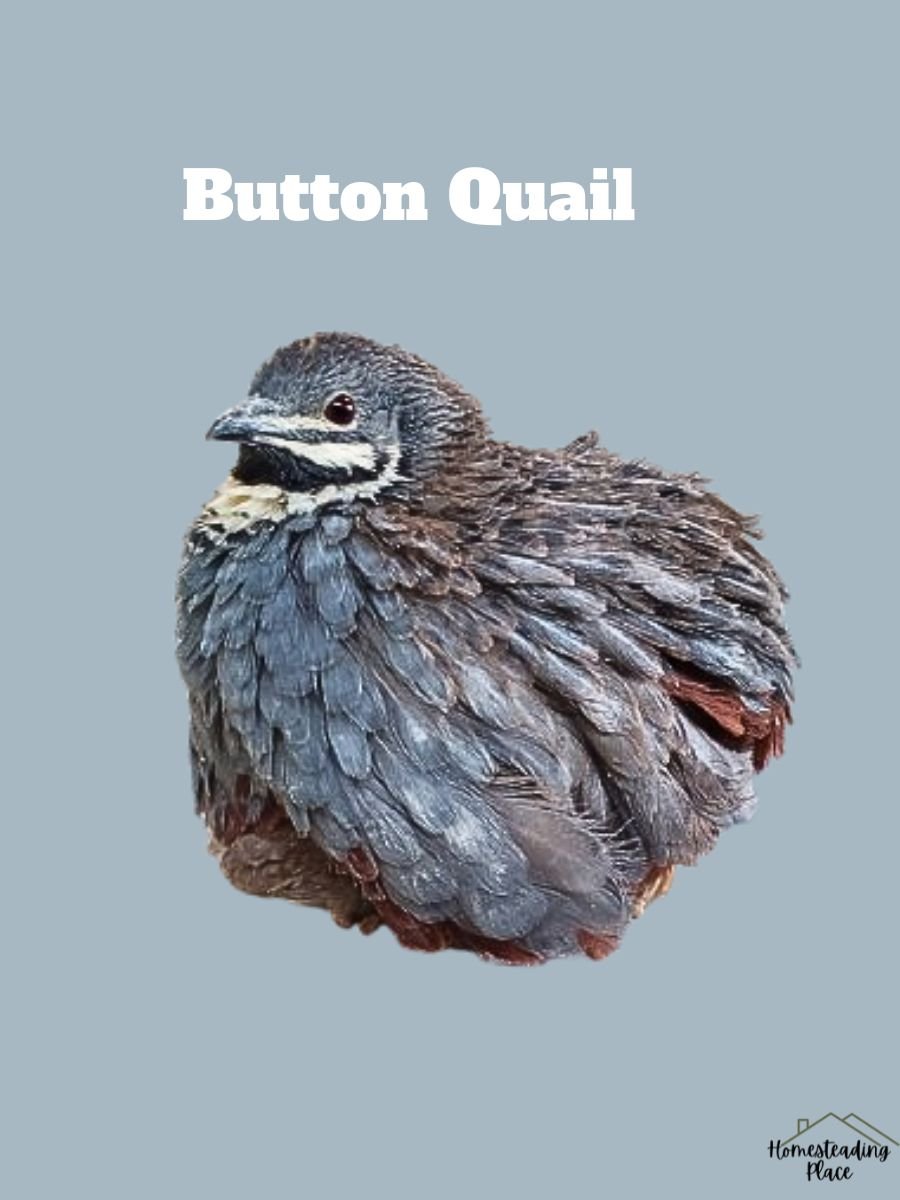
On the other hand, males crow consistently if they don’t find female partners in the habitat.
They mature in 7 weeks and live for 4 years.
Buttons are running birds and cannot fly, so they are easy to raise.
10. California Valley Quail
California Quail are highly sociable birds that often appear in small flocks.
They boast short, plump necks, wide wings, a small head and beak, and a long, square tail. So they can fly for short distances.
Besides, birds display a comma-shaped topknot of six feathers grown from the forehead, which is longer in cocks than hens.
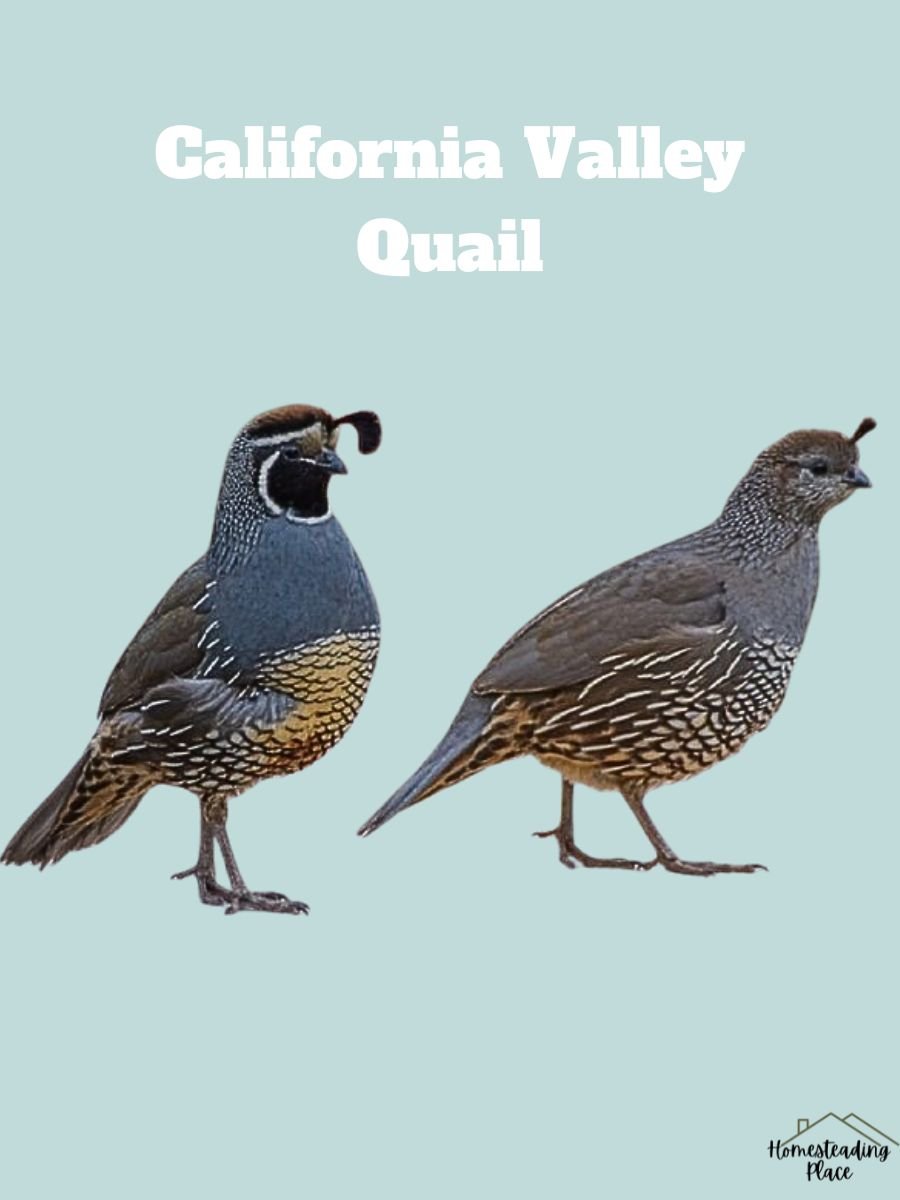
California Valley quails grow the size of Robin, weighing 5 – 7 ounces.
They are available in several colors, including black, white, red, tan, gray, and brown.
11. Gambel’s Quail
Gambel’s quails are also plump, round gamebirds with short necks, small beaks, wide and short wings, and square tails.
They are native to southwestern United States.
Like California quails, they have a feather plume on their head.
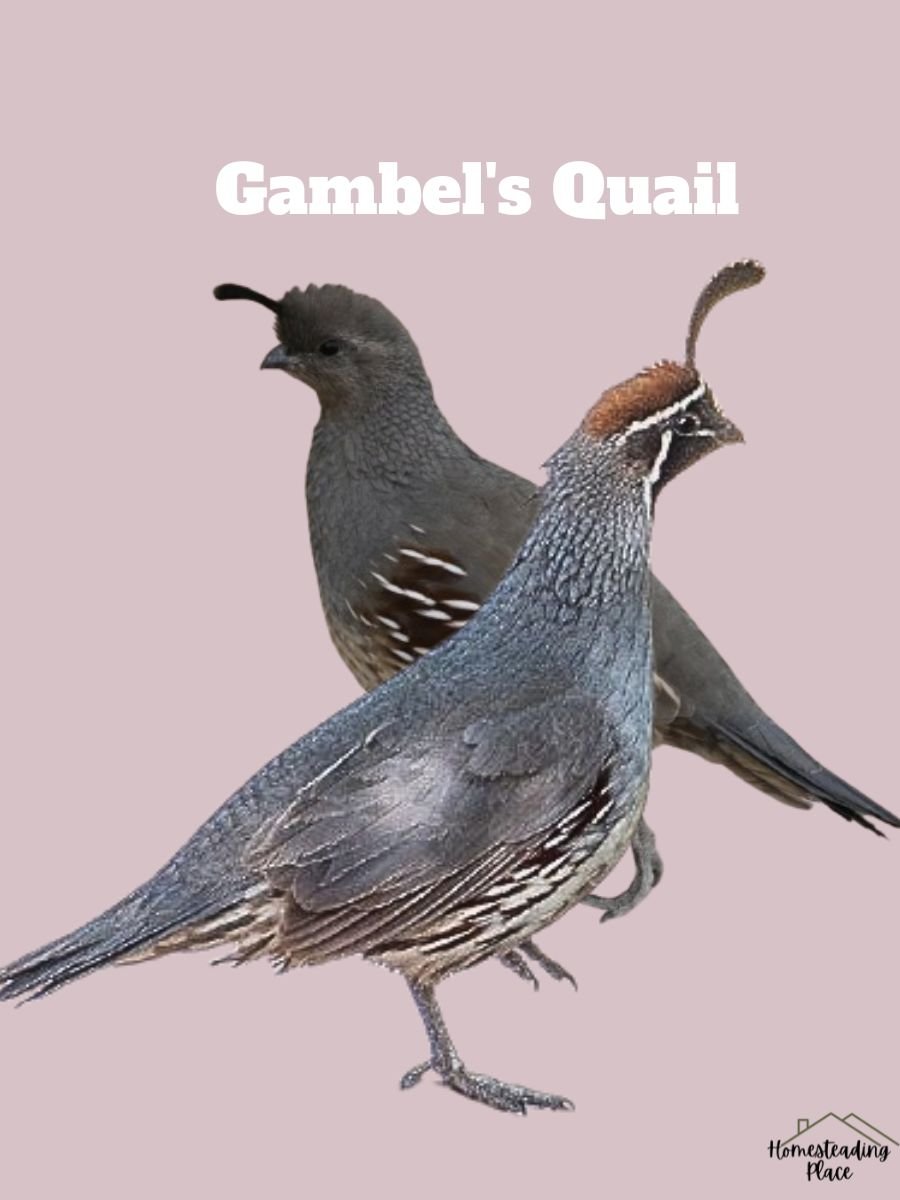
While California birds have a scaly appearance, Gambel’s quails possess a black spot on the lower breast in males.
While males have thick and dark topknots and a black face, females hold dull and thin topknots and lack black markings.
You can expect them to grow around 5.1 to 6.5 ounces in weight. Also, they live for up to four years.
12. Blue-Scale Quail (Scaled Quail)
Native to the Southwestern United States and Central Mexico, blue-scale quails weigh around 6.5 ounces.
This sports bird has a scaly appearance on the breast and back feathers, hence the name.
You can also identify Scale quails with white crest that looks like a tuft of cotton. The adult has a crest with a plain brown with a buffy display.
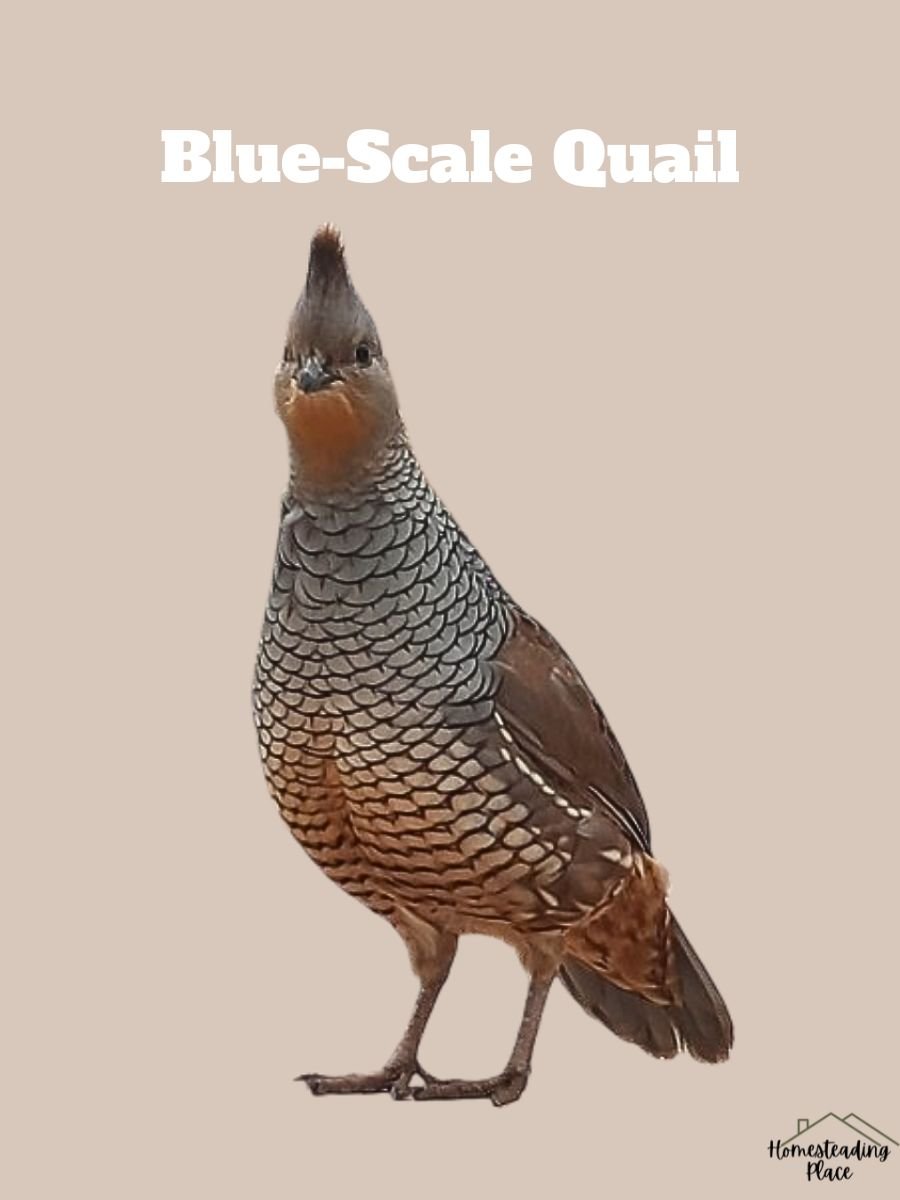
Also, they boast bluish-gray back and brown spotted with buff colored wings.
Scaled quails weigh around 6.5 ounces. You need to raise them in semi-wild conditions.
13. King Quail
Kings are a small dark quail, commonly brown in color.
Also known as blue-breasted quail, they weigh only 1 ounce. They are hardy, active, and long-lived birds.
Though they mature in 8 weeks, birds can live up to 13 years if you care for them well.
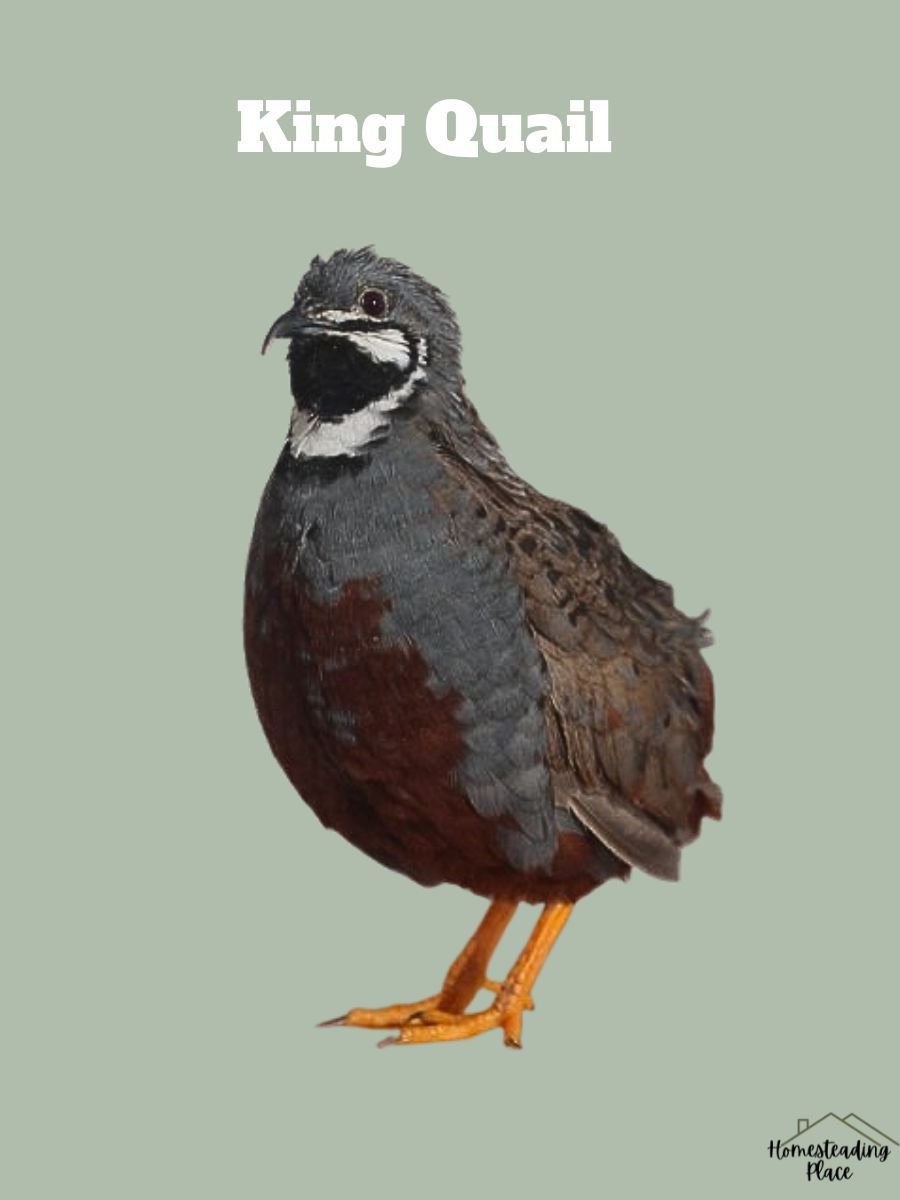
Besides, kings come in several colorings, such as blue-grey, brown, maroon, silver, rusty red, dark brown, and almost black.
But females lack shades of blue.
The king quails also have orange feet. They are easily available in southern China, South and Southeast Asia, and south to southeastern Australia.
14. Rain Quail
Native to Southeast Asia, rain quails prefer to live in grassy, open settings including farmland, meadows, and grasslands.
Male rain quails have black-and-white face patterns and black breast spots that look like spilled paint.
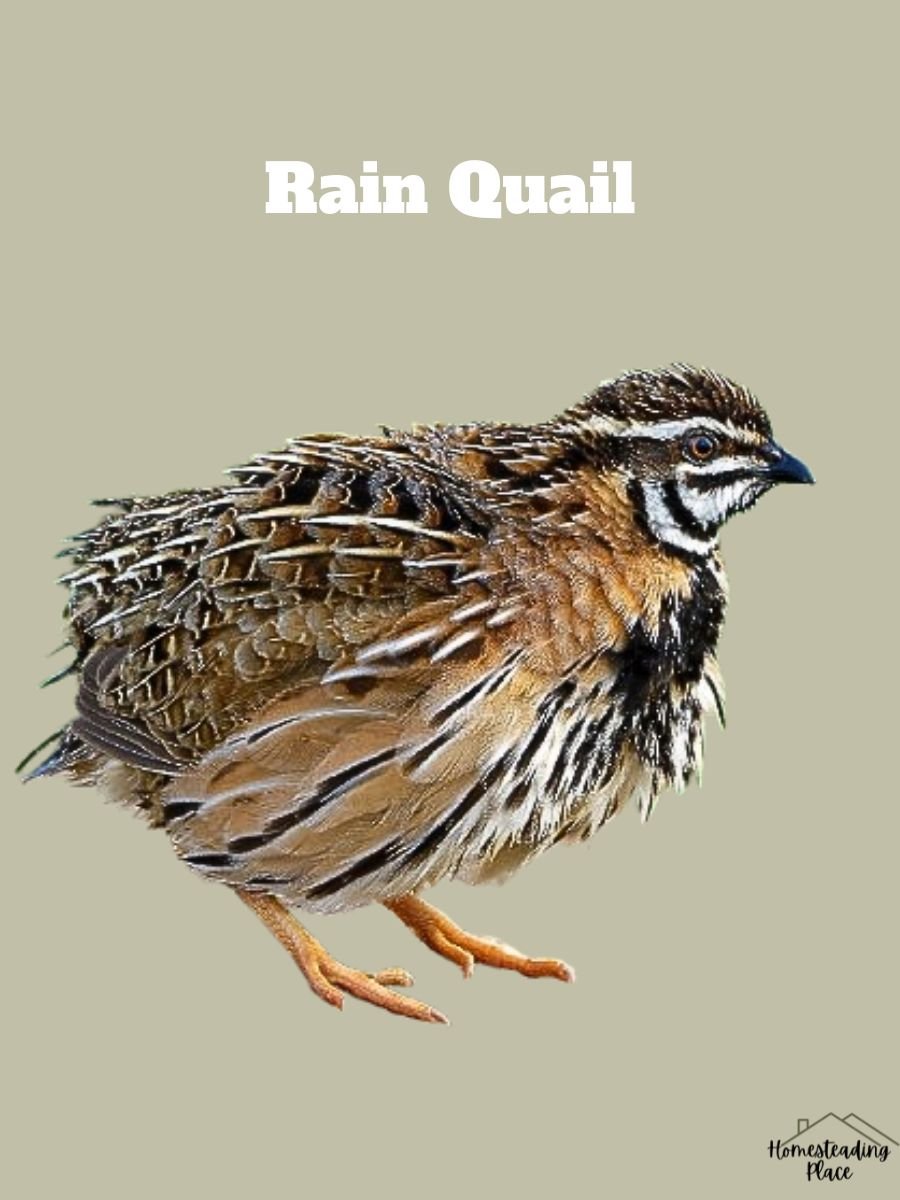
But, you may find it hard to distinguish between female rain quails, common quails, and Japanese quails.
They grow around 2.25–2.5 ounces in weight.
15. Harlequin Quail
Female harlequins are also difficult to not mistake with Common quail when they are in flight.
You need to observe closely to see the darker and more uniform plumage of harlequin hens. They lack white bellies or bold bars on the back.
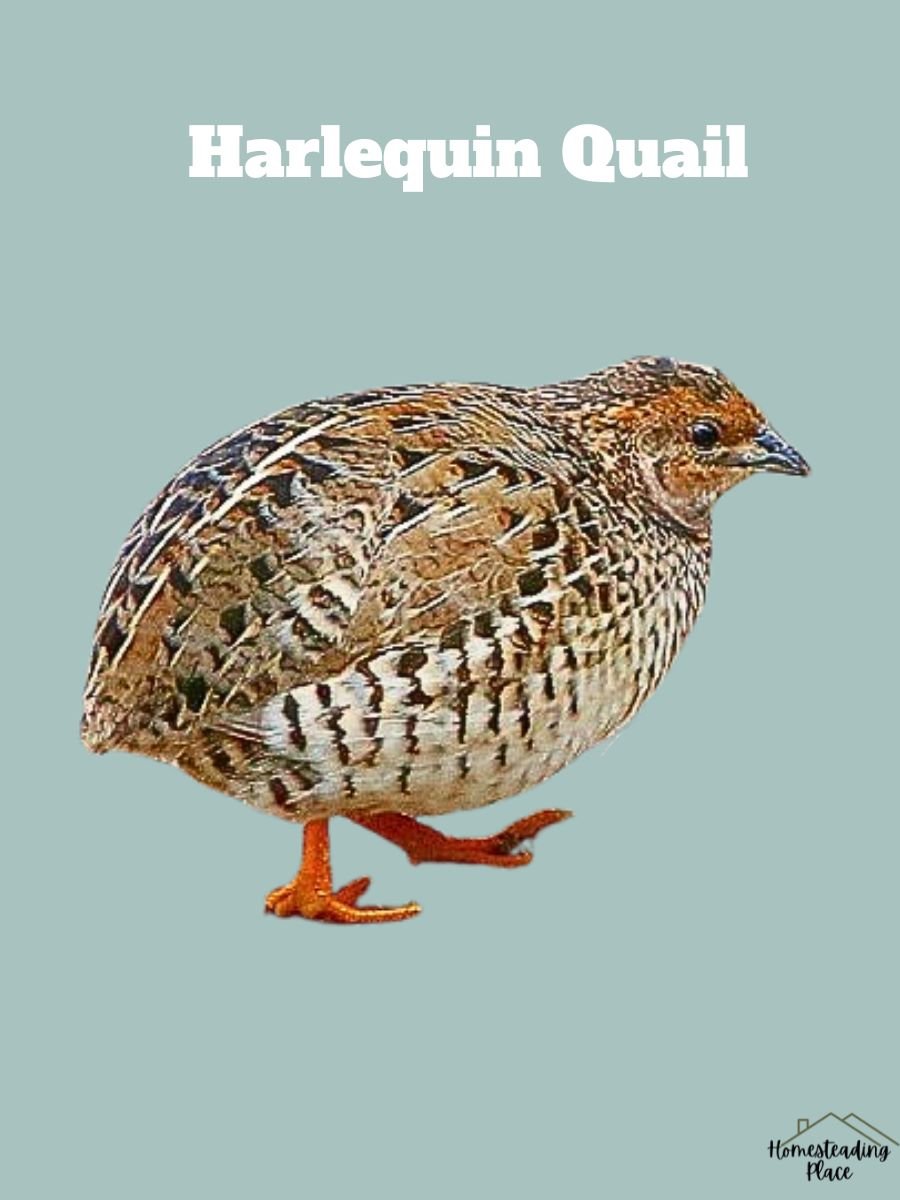
Harlequin quails are small, and males have more visible markings.
Native to southcentral and eastern Africa, these birds prefer ground facilities to grow.
They are small game birds with 2 – 2.5 ounces in weight in 10 weeks.
16. Montezuma Quail
Montezuma quail are plump, stocky gamebirds that are native to Mexico and a few nearby parts of the United States.
These stubby birds have small heads, round bodies, and short tails.
Males display a black-and-white harlequin facial pattern, a blond crest at the headback. They also have deep chestnut breasts and white spots on their sides.
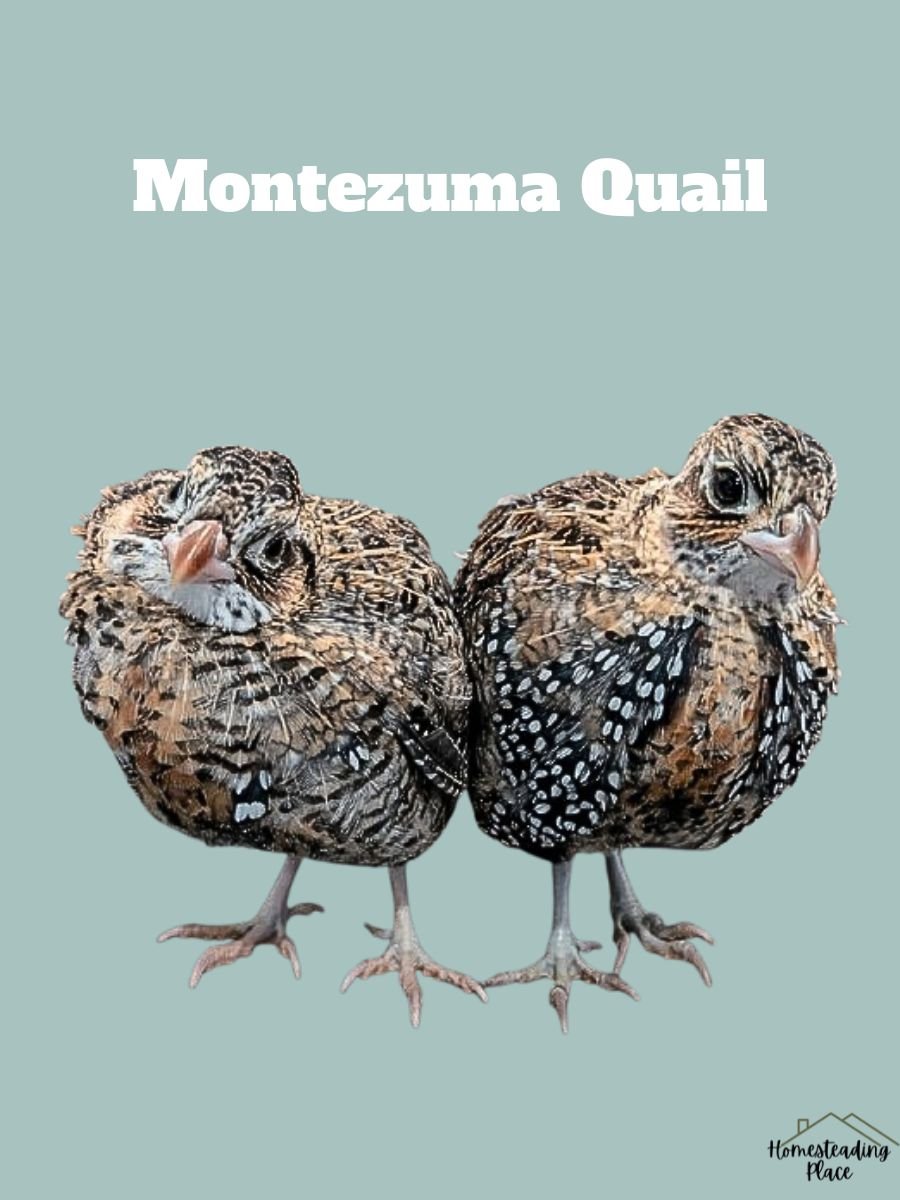
On the other hand, females have rich brown plumage with some accent of male’s head and back pattern.
Anyway, Montezuma weighs 6– 7 ounces and lives up to 7 years in the cage.
17. Mountain Quail
Mountain quails are small gamebirds with short, rounded wings and long, featherless legs.
They come in brown face and head, gray breast, chestnut colored back and primaries, and bright white locked underside.
You can notice the bird has a long, straight, dramatic head topknot that resembles an exclamation point.
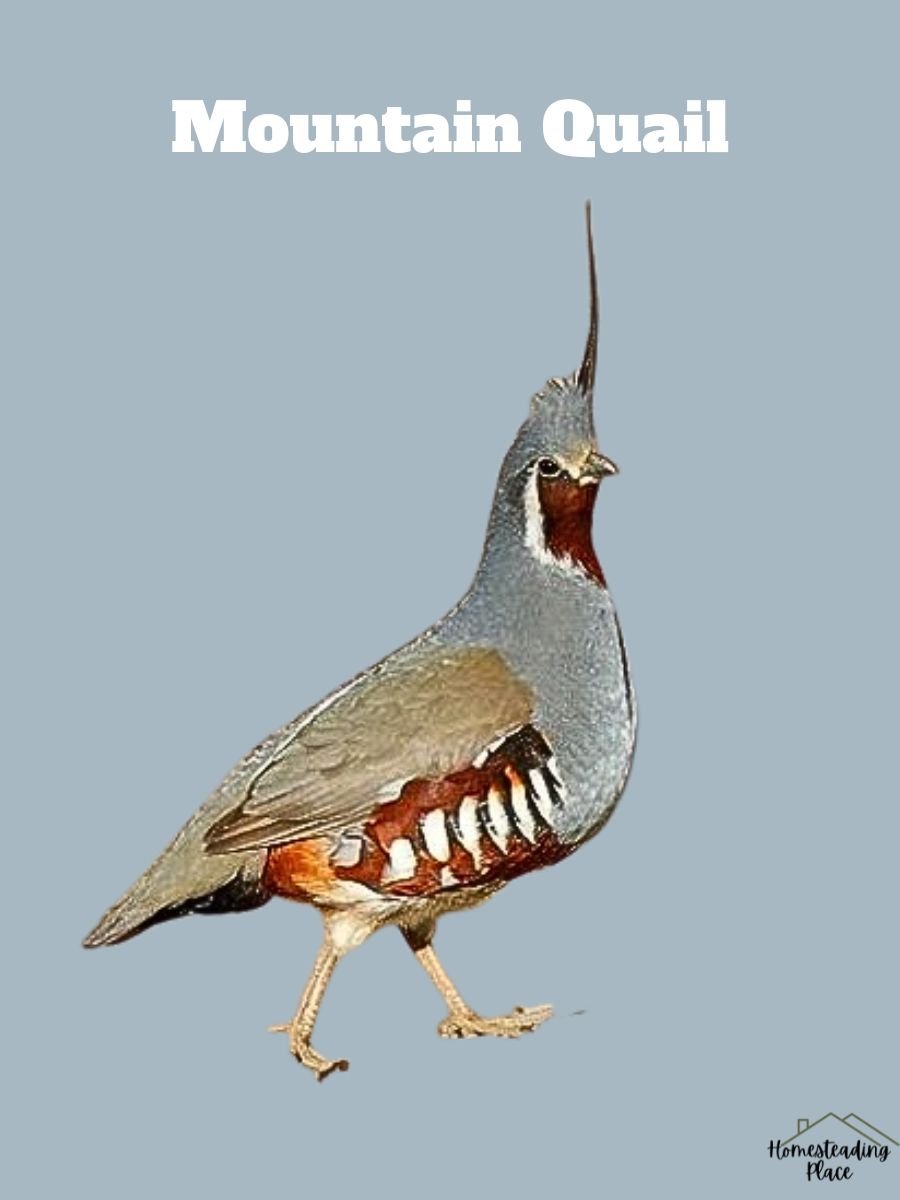
And females show a brown shade on their dorsal sides and a paler red on their bottoms. They also have wider white spots on the flank.
Native to western North America, mountain quails weigh around 7.4-9.2 ounces and live for 1-3 years.
Final Thoughts
When it comes to raising quails for meat, I prefer Coturnix and Bobwhite because of their availability in the market and their meat quality.
Also, quails are not very meat or egg-oriented. You can raise most quails for both purposes.
Unlike domesticated species, wild quails such as Italian, California, Gambel’s, Blue-Scale, Rain, Harlequin, Montezuma, and Mountain quails in the list may require a Domestic Game Breeder’s license to raise in captivity.



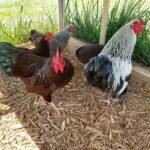
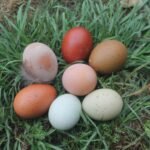

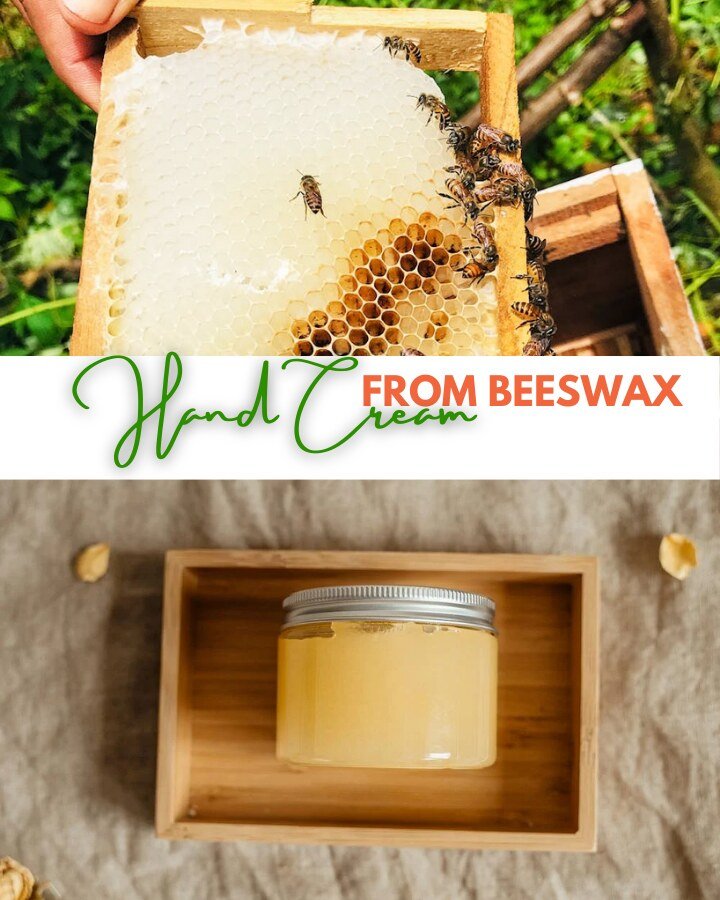
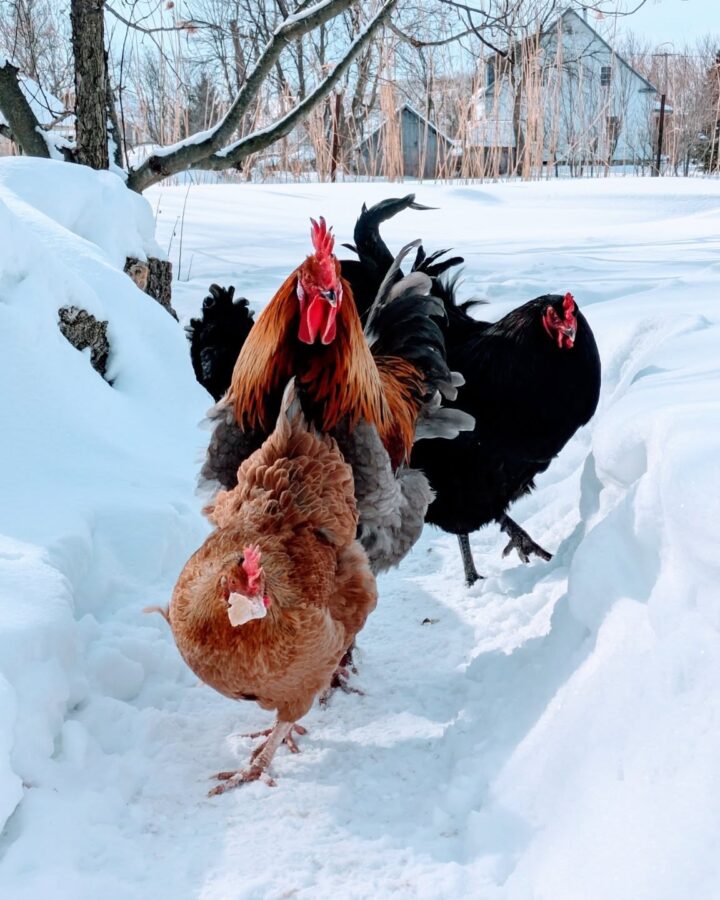
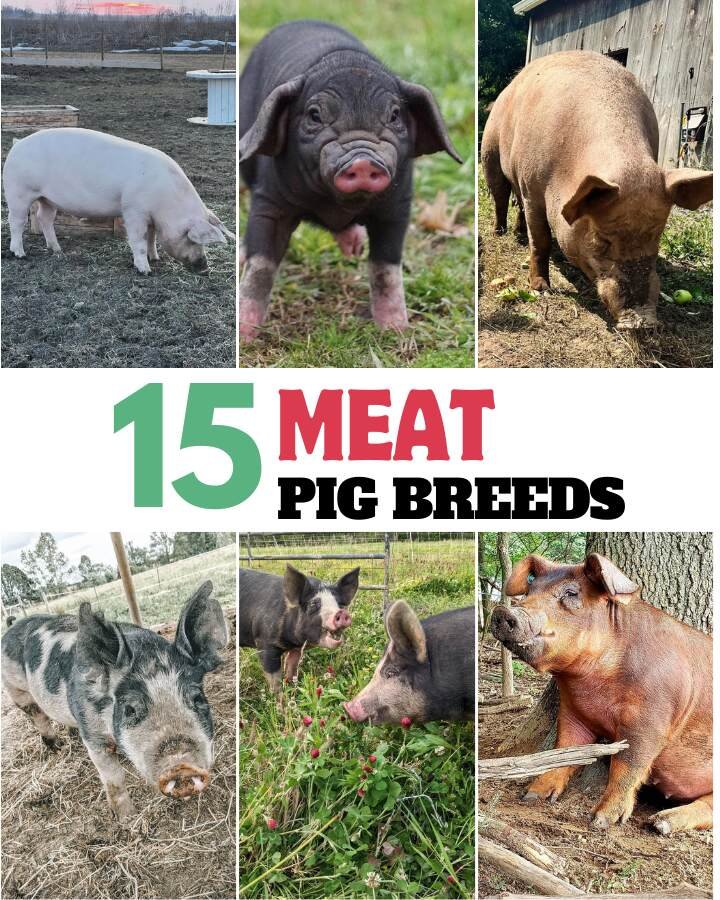
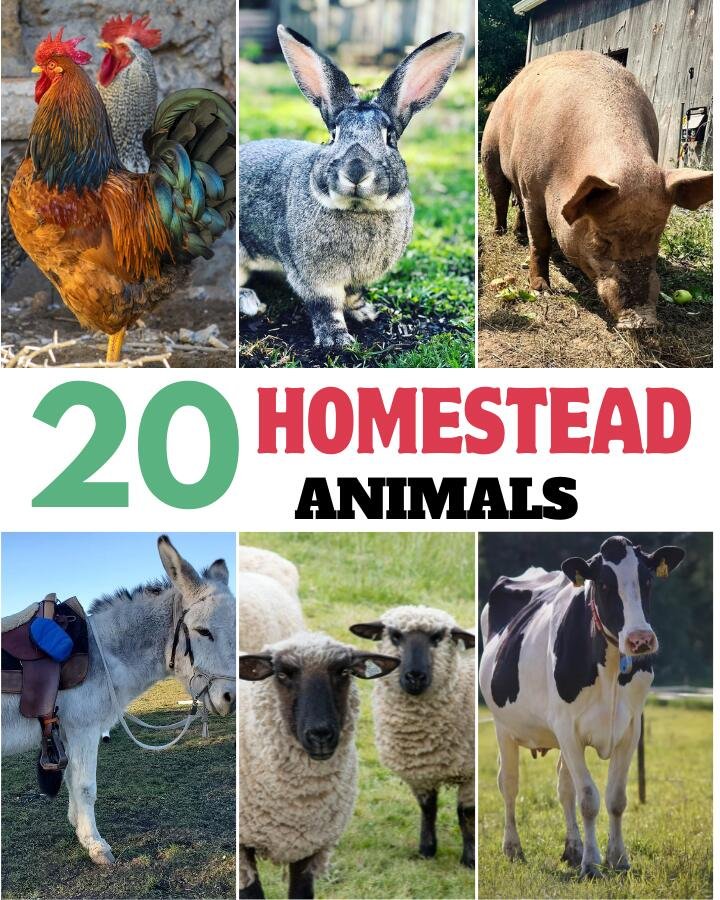
Leave a Reply